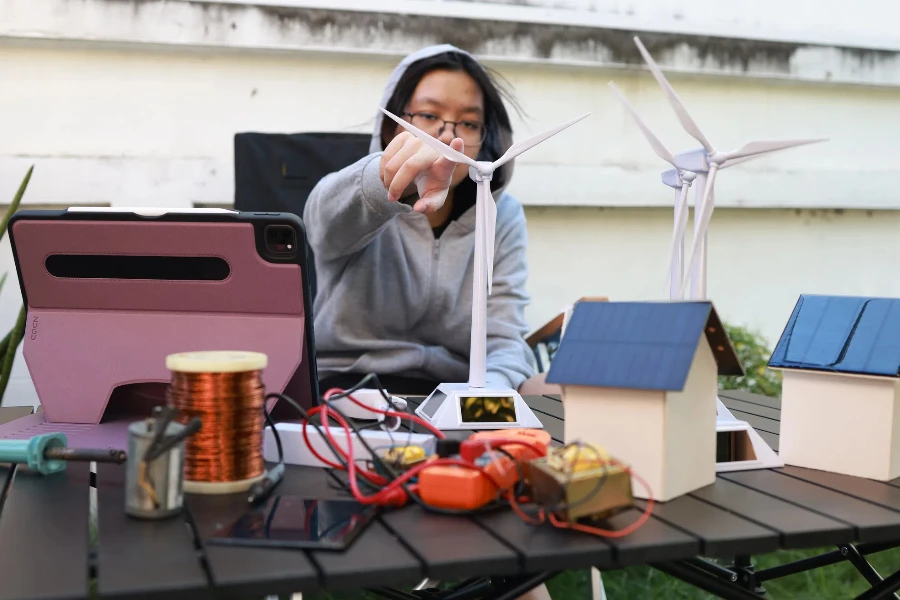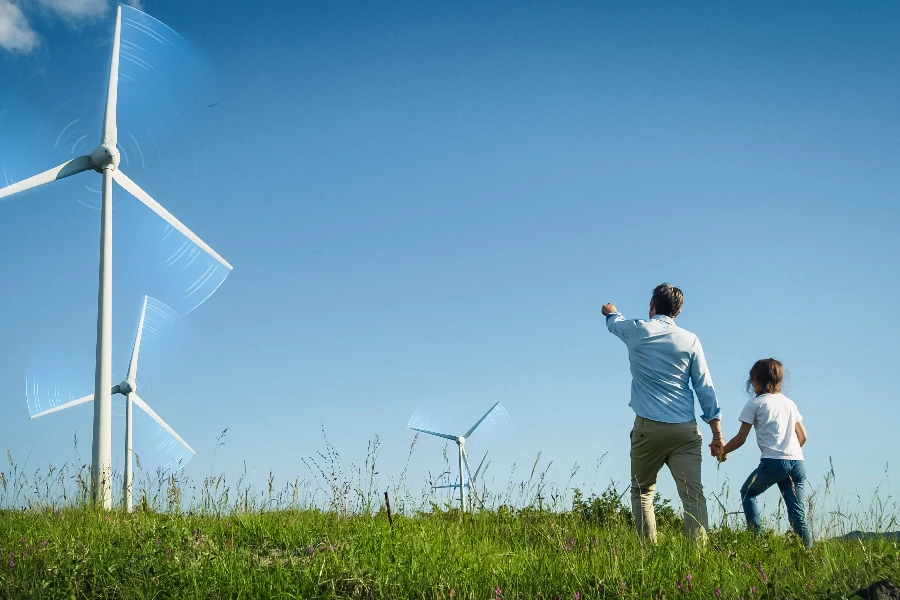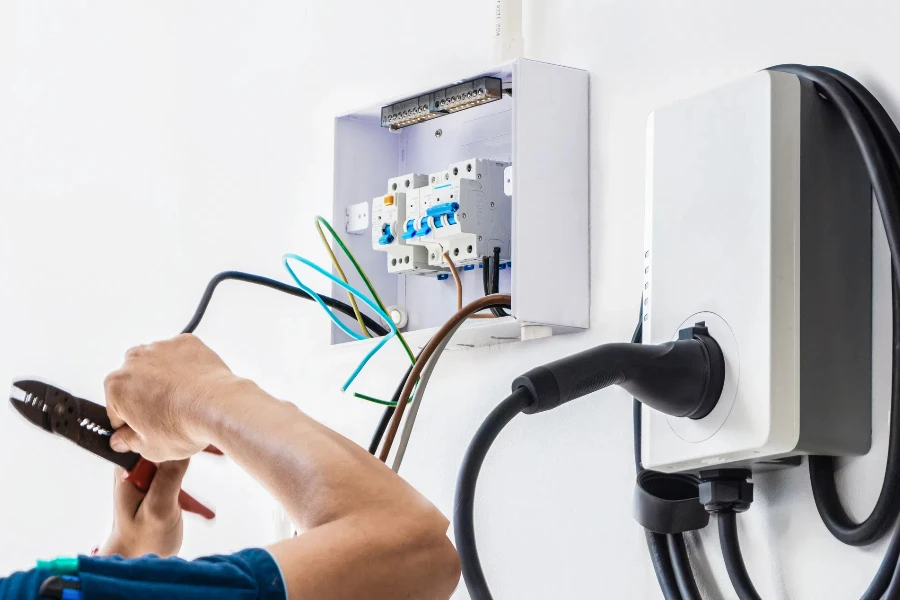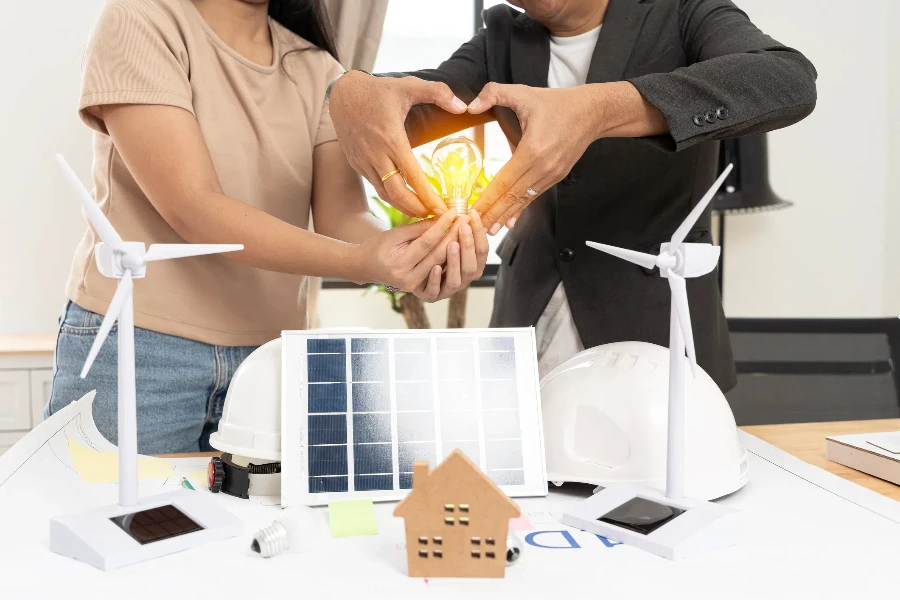In the quest for sustainable living, homeowners are increasingly turning to renewable energy sources to power their lives. Among these, home wind turbines stand out as a viable option for many, offering an opportunity to harness nature’s own energy. This article delves into the essentials of home wind turbines, covering what potential users most want to know. From understanding how they work to evaluating their benefits and considerations, we aim to provide a comprehensive guide to help you decide if a wind turbine is right for your home.
Table of Contents:
– How home wind turbines work
– The environmental benefits of wind energy
– Installation and maintenance considerations
– Cost analysis and potential savings
– Choosing the right wind turbine for your home
How home wind turbines work

Home wind turbines capture the wind’s kinetic energy and convert it into electricity. This process involves several components, including blades, a rotor, a generator, and a tower. The wind turns the blades, which spin a rotor connected to the generator. The generator then produces electricity, which can either be used immediately, stored in batteries, or fed back into the grid. Understanding the basics of wind turbine technology is crucial for homeowners considering this renewable energy source.
The efficiency of a home wind turbine depends on several factors, including wind speed, turbine design, and the system’s overall configuration. Wind turbines require a minimum wind speed to start generating electricity, known as the cut-in speed, typically around 6 to 8 miles per hour. The power output increases significantly with higher wind speeds, highlighting the importance of proper site selection for maximizing energy production.
Advancements in technology have made home wind turbines more accessible and efficient. Modern turbines are designed to be quieter and more aesthetically pleasing, addressing some of the common concerns homeowners have had in the past. Additionally, innovative features such as remote monitoring allow for easier maintenance and optimization of performance.
The environmental benefits of wind energy

Wind energy is one of the cleanest and most sustainable ways to generate electricity. Unlike fossil fuels, wind power produces no harmful emissions, making it a crucial component in the fight against climate change. By choosing a home wind turbine, homeowners are directly contributing to the reduction of greenhouse gas emissions and the global reliance on non-renewable energy sources.
Moreover, wind energy is inexhaustible. As long as the wind blows, we have a renewable source of power that can help meet our energy needs. This sustainability aspect not only benefits the environment but also ensures energy security for future generations.
Another environmental advantage of wind turbines is their minimal impact on land use. Home wind turbines, especially vertical-axis models, can be installed on relatively small plots of land. This makes them an ideal solution for residential areas where space is limited, allowing homeowners to generate their own electricity without sacrificing valuable land.
Installation and maintenance considerations

Installing a home wind turbine involves careful planning and consideration. The first step is to assess the wind resource in your area, which can be done using wind maps or by consulting with a professional. It’s also important to consider local zoning laws and permits, as these can vary significantly from one location to another.
The installation process itself requires professional expertise. It includes selecting the optimal location, erecting the tower, and integrating the turbine with your home’s electrical system. Safety is a paramount concern, both during installation and operation, necessitating adherence to strict guidelines and standards.
Maintenance is another critical aspect of owning a home wind turbine. Regular inspections and servicing are essential to ensure optimal performance and longevity. This includes checking the blades for wear and tear, ensuring the electrical components are functioning correctly, and verifying that the structure remains secure. While maintenance requirements can vary, being proactive can help prevent costly repairs and downtime.
Cost analysis and potential savings

The initial cost of a home wind turbine can be a significant investment. However, it’s important to consider the long-term savings on energy bills. Depending on your location and the size of the turbine, it’s possible to generate a substantial portion of your home’s electricity needs, reducing your reliance on the grid and protecting you from rising energy prices.
In many regions, government incentives and rebates are available to offset the upfront costs of renewable energy installations, including wind turbines. These financial incentives can make wind power a more attractive option for homeowners.
Moreover, the potential savings extend beyond financial benefits. By generating your own clean energy, you’re reducing your carbon footprint and contributing to a more sustainable future. This environmental impact is a compelling consideration for many homeowners, alongside the economic advantages.
Choosing the right wind turbine for your home

Selecting the appropriate wind turbine for your home is a crucial decision that depends on several factors. These include your energy needs, the wind resource in your area, and the amount of space available for installation. It’s also important to consider the turbine’s noise level, aesthetics, and the manufacturer’s reputation for quality and reliability.
Consulting with a renewable energy expert can provide valuable insights into the best options for your specific situation. They can help you navigate the complexities of choosing a turbine, ensuring that you select a system that meets your needs and maximizes your investment.
Conclusion
Home wind turbines offer a promising solution for homeowners looking to embrace renewable energy. By understanding how they work, the benefits they provide, and the considerations involved in their installation and maintenance, you can make an informed decision about whether wind power is right for your home. Embracing wind energy not only supports environmental sustainability but can also lead to significant savings and energy independence in the long run.



